Are you going to visit La Gomera? Here are the basics so you can start preparing for your trip


Lush, quiet and wild. These are the three adjectives that best define the small island of La Gomera. But its small size, just 370 km2, does not take anything away from its charm. From its highest point in Alto de Garajonay, at an altitude of 1487m, to its beaches and cliffs, the island offers a diversity of wonderful landscapes. If you visit La Gomera, these are the ten things you can't miss. Take note!



Stroll through the Los Roques Viewpoint
The steep terrain of La Gomera, with great slopes, is ideal for observing the environment. One of the best viewpoints to contemplate these incredible views is Los Roques. This landscape, one of the most representative of the island, consists of four huge blocks of rock boasting great geological interest, vestiges of ancient volcanic chimneys through which magma flowed, and which subsequent erosion has not been able to dismantle in its entirety. Integrated into Garajonay National Park, there are also numerous protected endemisms such as the beautiful blue taginaste.



Garajonay National Park
If there is one element that stands out in Garajonay National Park, it is, without a doubt, the laurisilva, an ecosystem unique in the world. This is a mass of prehistoric vegetation typical of the Macaronesian region, which also covered the Mediterranean basin millions of years ago, and has been preserved on the island due to favorable climatic conditions regarding temperature and humidity.
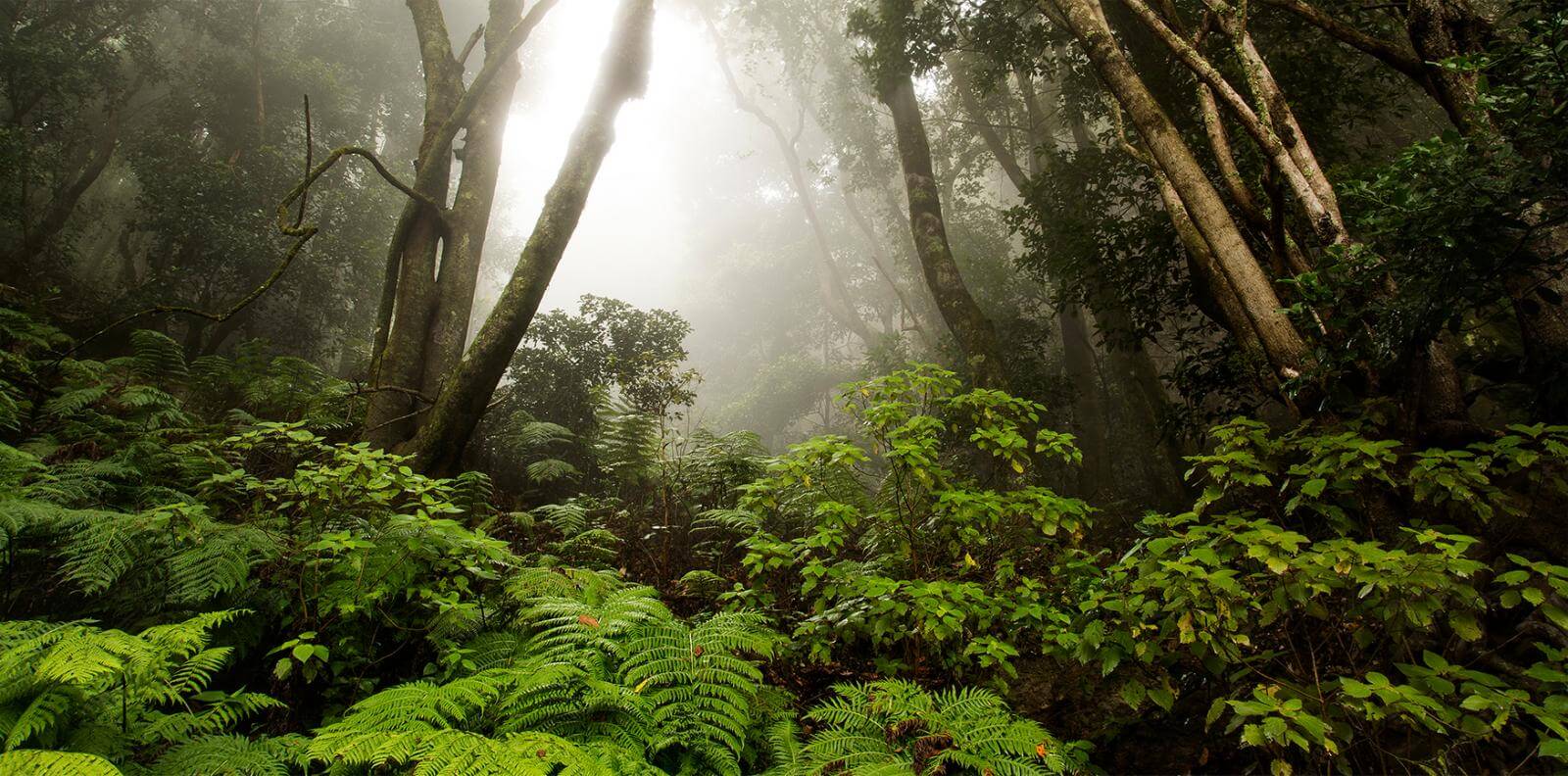


Gran Rey Valley
Located in a large ravine leading to beautiful black sand beaches and blue waters, this place has become one of the most visited points on the island. The beauty of its green landscapes full of palm trees contrasts with the small white houses of the municipality. To contemplate the landscape in all its fullness, do not miss the views from the Palmarejo viewpoint, designed by the artist César Manrique, which offers the best panoramic view of the area with one of the most spectacular examples of the Gomero agrarian landscape and its terraces "climbing" up the slopes of the ravine.

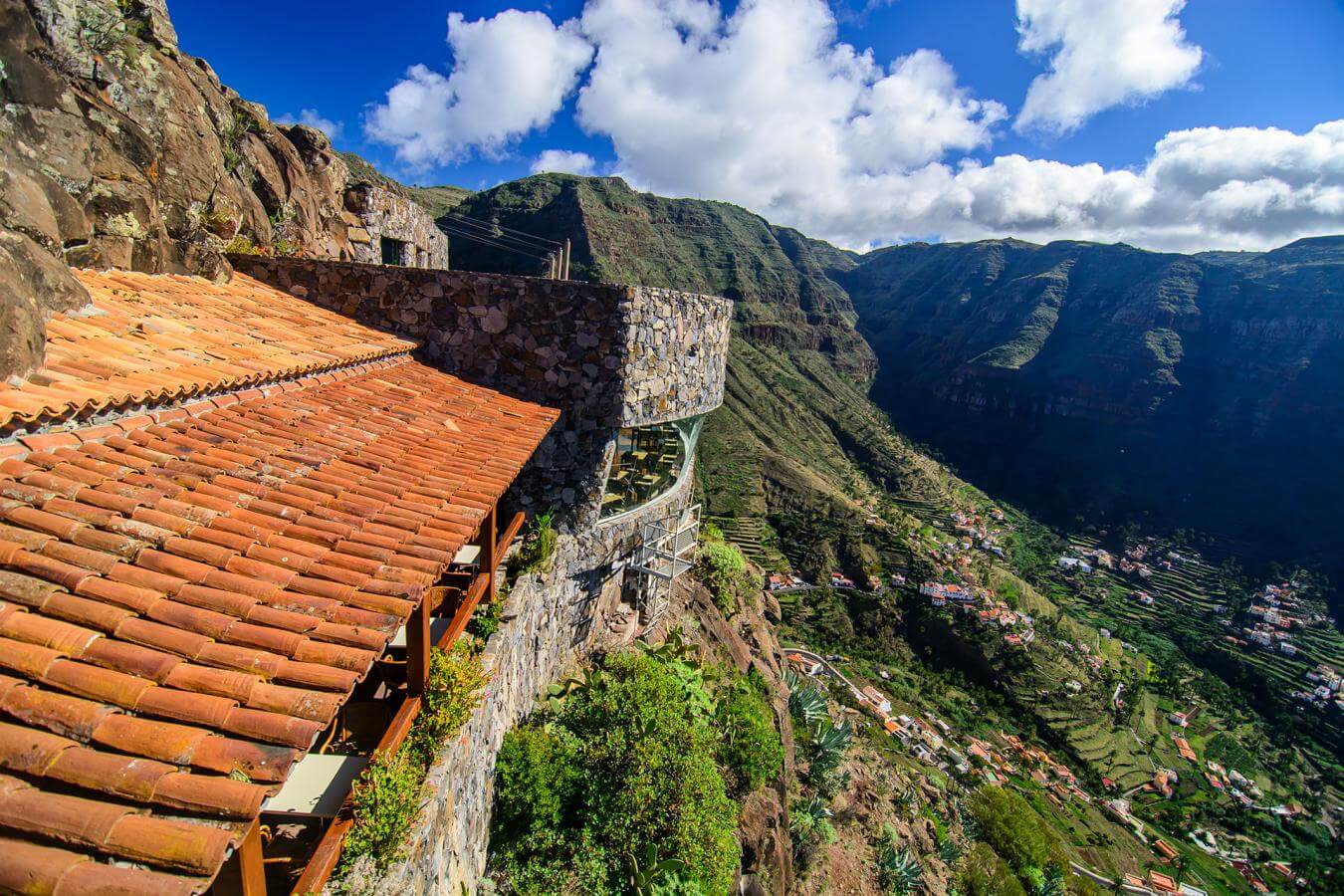




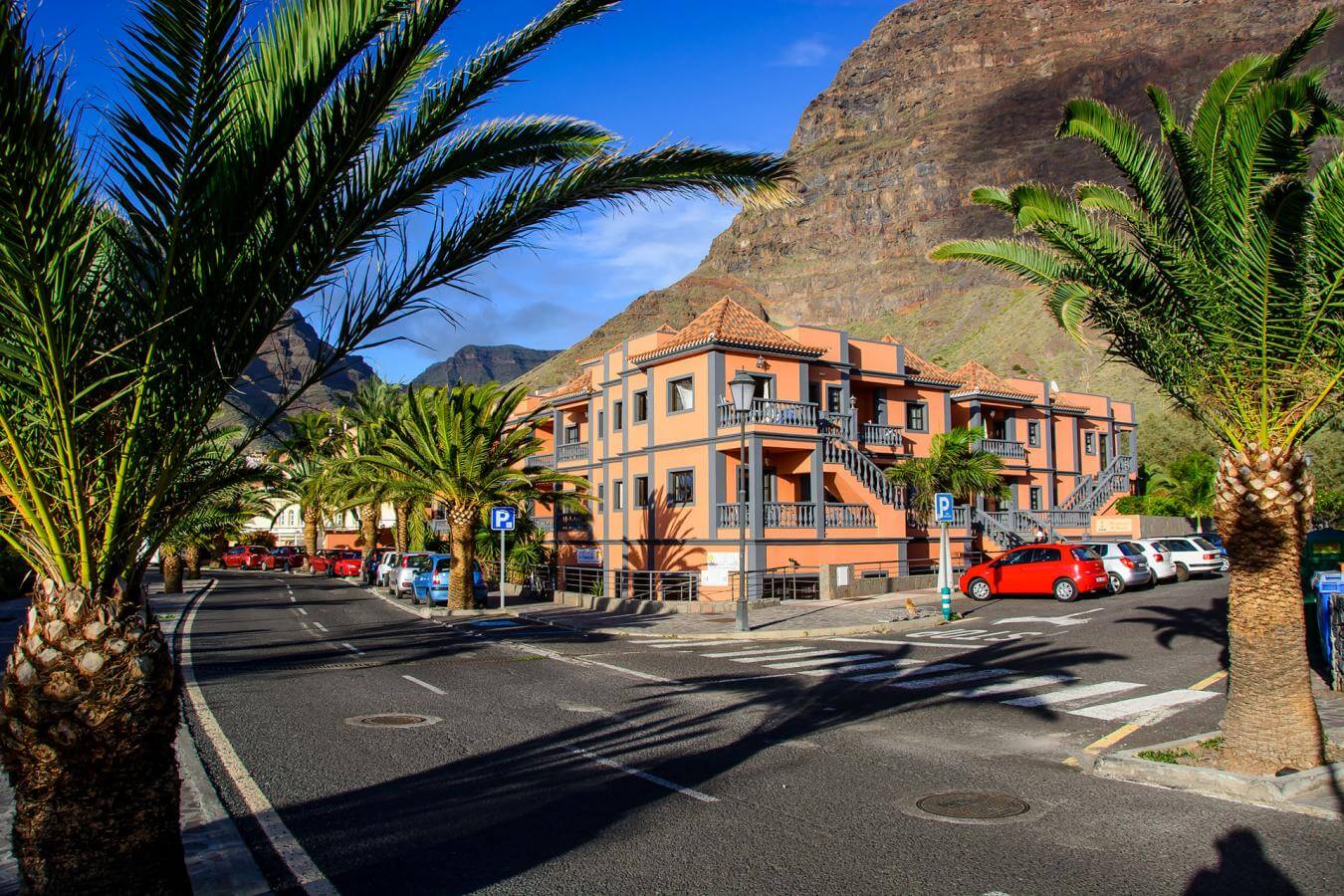


Los Órganos
In the north of the island, on the coast of the Vallehermoso municipality, we find a cliff where music plays. Los Órganos is a curious natural monument formed by volcanic rocks with a silhouette in the form of organ tubes that fall into the sea. A point of great geological interest and scenic beauty, which can only be appreciated on a boat trip along the coast.



San Sebastián de La Gomera
The capital of La Gomera: in this small municipality, its colorful urban core full of low houses in a marked Canarian style draws attention. Quiet and welcoming, San Sebastián de La Gomera also has monuments of interest such as the Torre del Conde or the Church of the Assumption, as well as two peaceful urban beaches: La Cueva and San Sebastián.

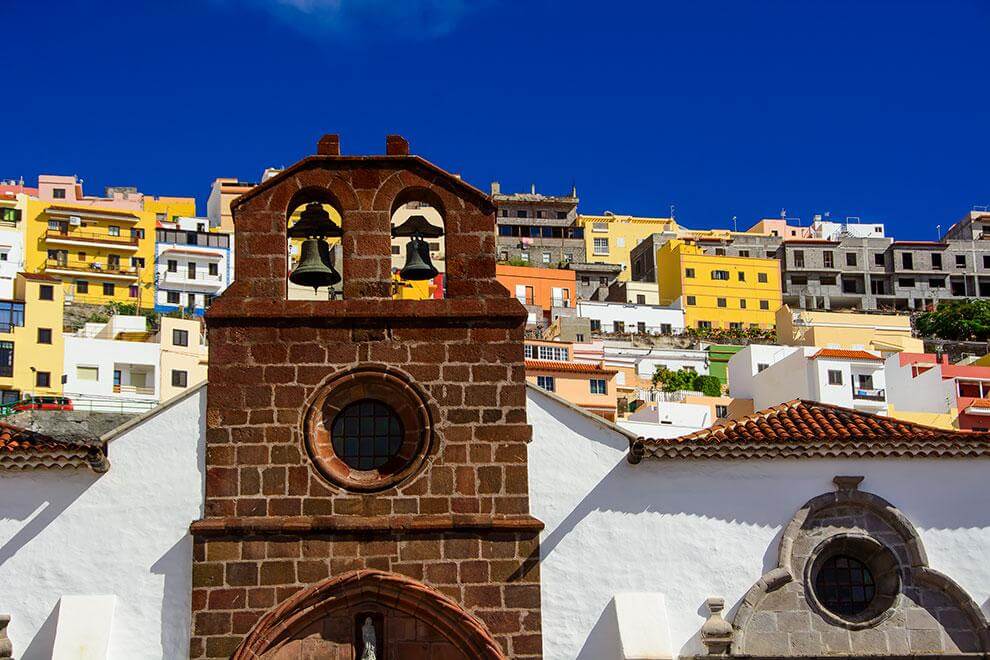

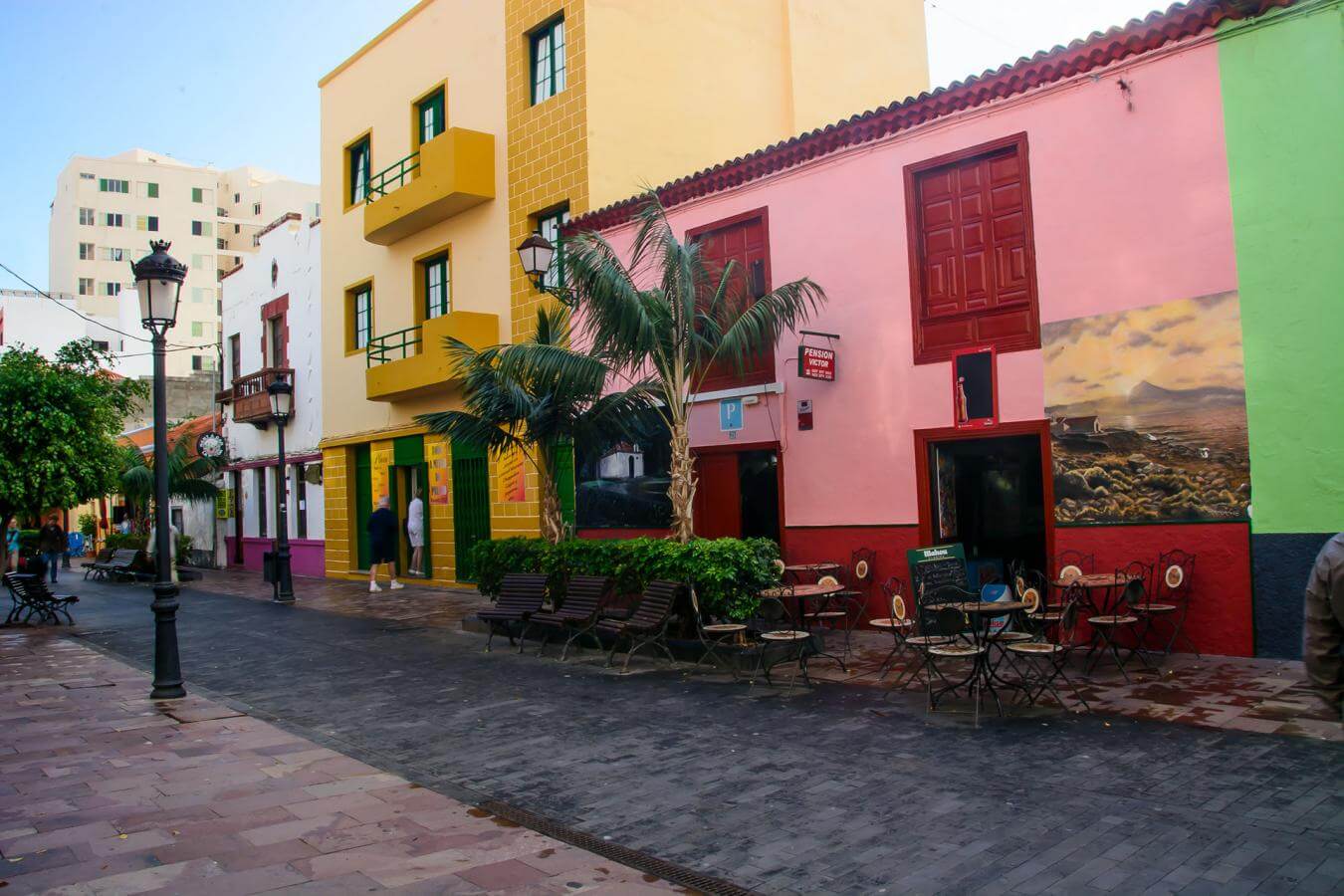
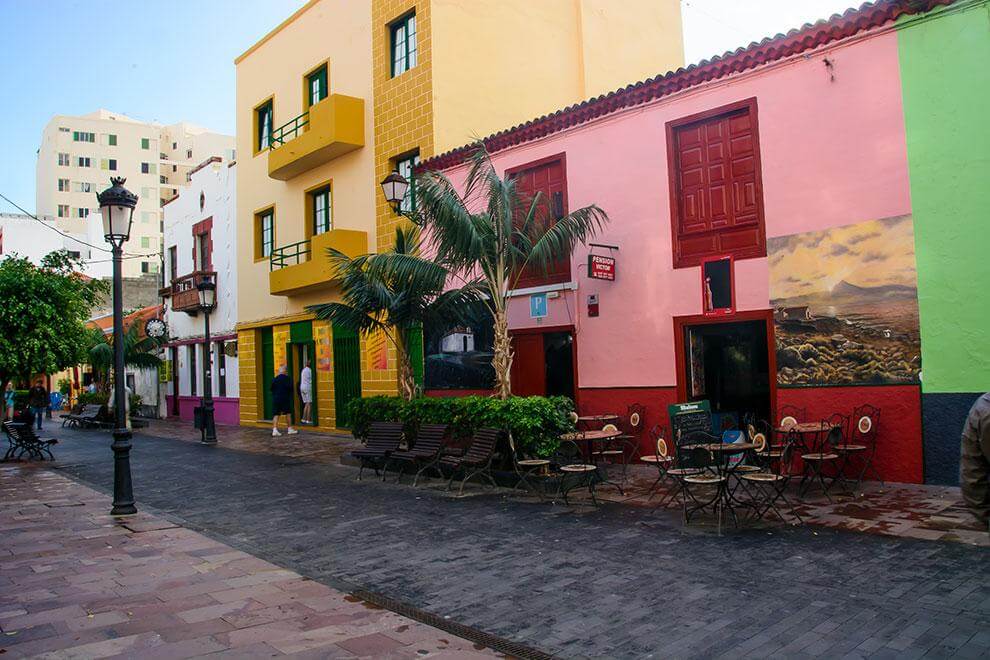

Agulo
A little more than half an hour's drive from the capital, you will find this small town that, due to its charm and beauty, has been baptized as "the bonbon of La Gomera". Its historic centre, one of the best preserved on the island, is elevated on a natural platform that makes it a viewpoint with beautiful views of the ocean and Teide, on the neighbouring island of Tenerife.
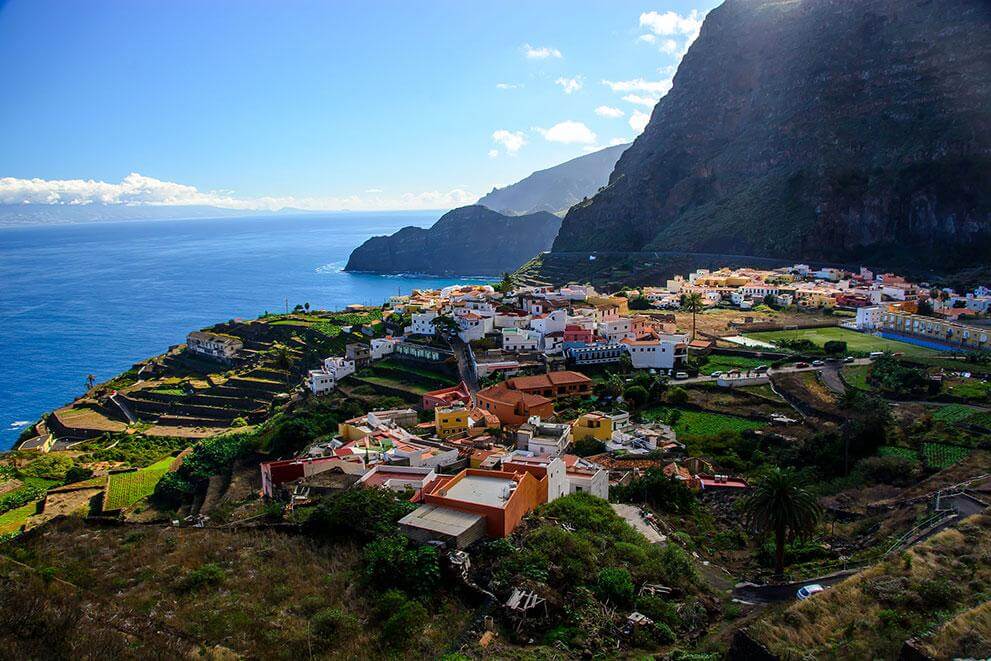
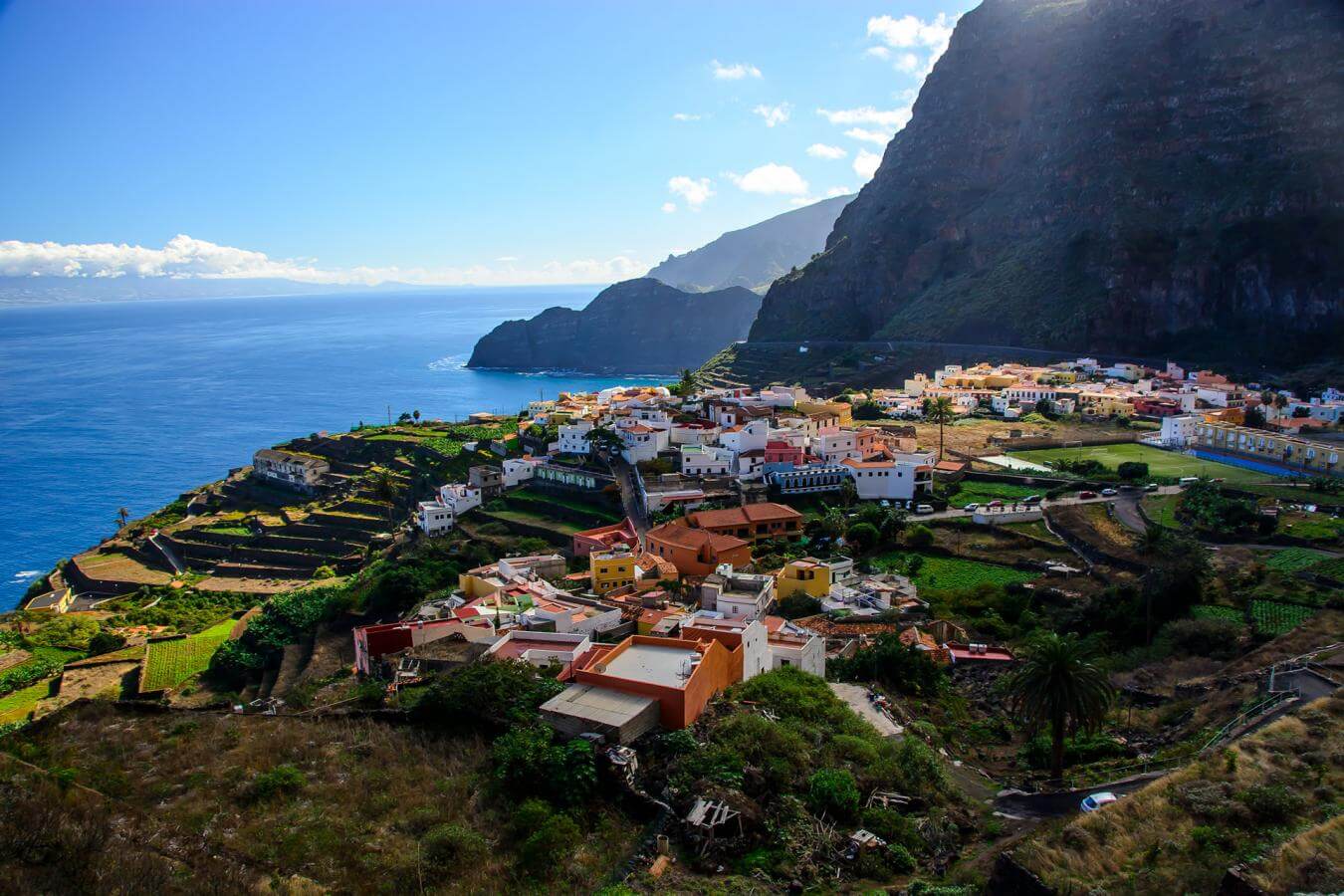

Whale Sighting
The maritime area that separates Tenerife and La Gomera is an ideal place to observe, in a sustainable and respectful way, several species of whales in the wild at any time of the year. The most common are the bottlenose dolphin and the pilot whale, but in this area of the ocean you can see almost a third of all the species that exist in the world thanks to its transparent waters, the ideal temperature and the abundance of food.

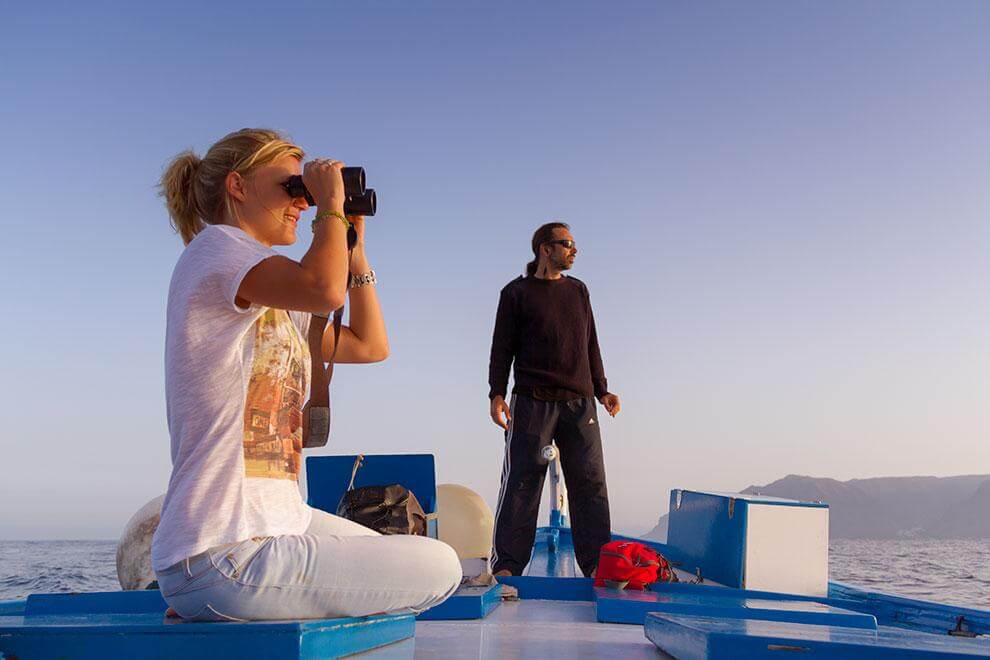

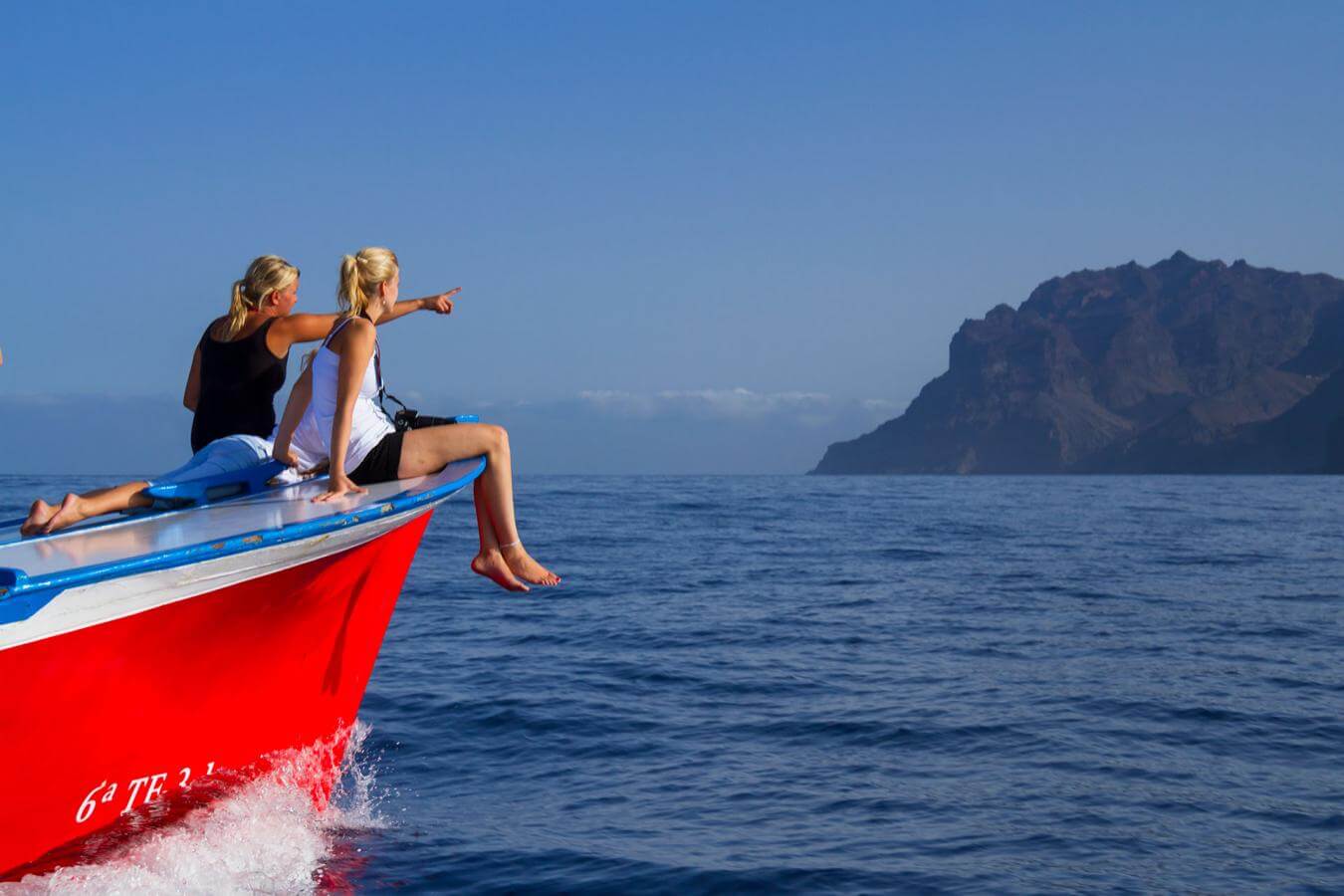
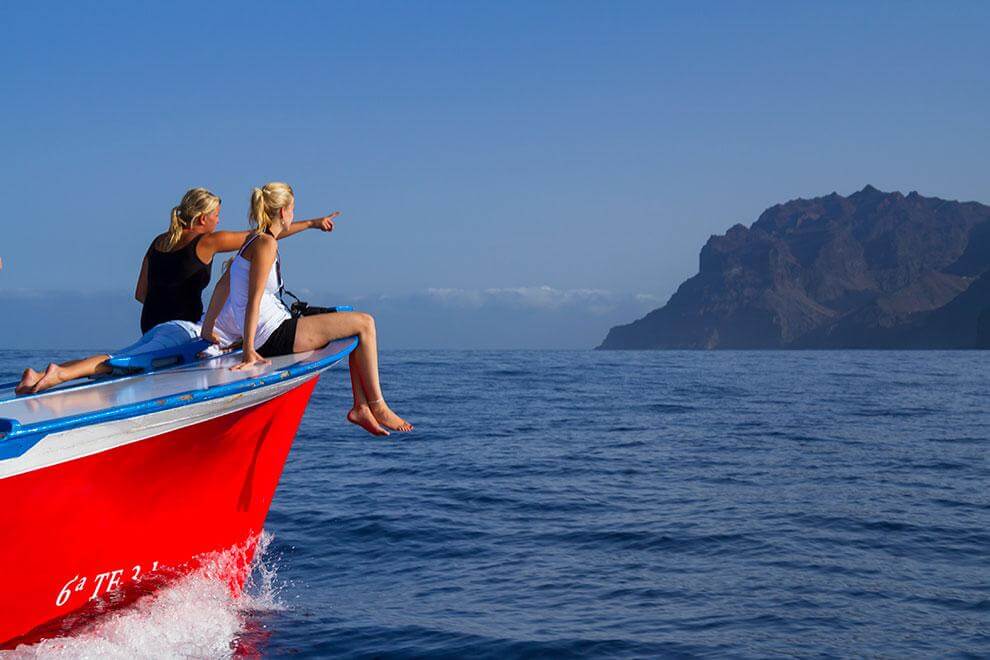

Yoga Retreats
La Gomera is an outstanding destination at the European level in health and wellness tourism. If you need to disconnect and renew your strength, you will find several specialized centers offering yoga, meditation and personal growth retreats on the island, as well as activities in contact with nature and ecology.
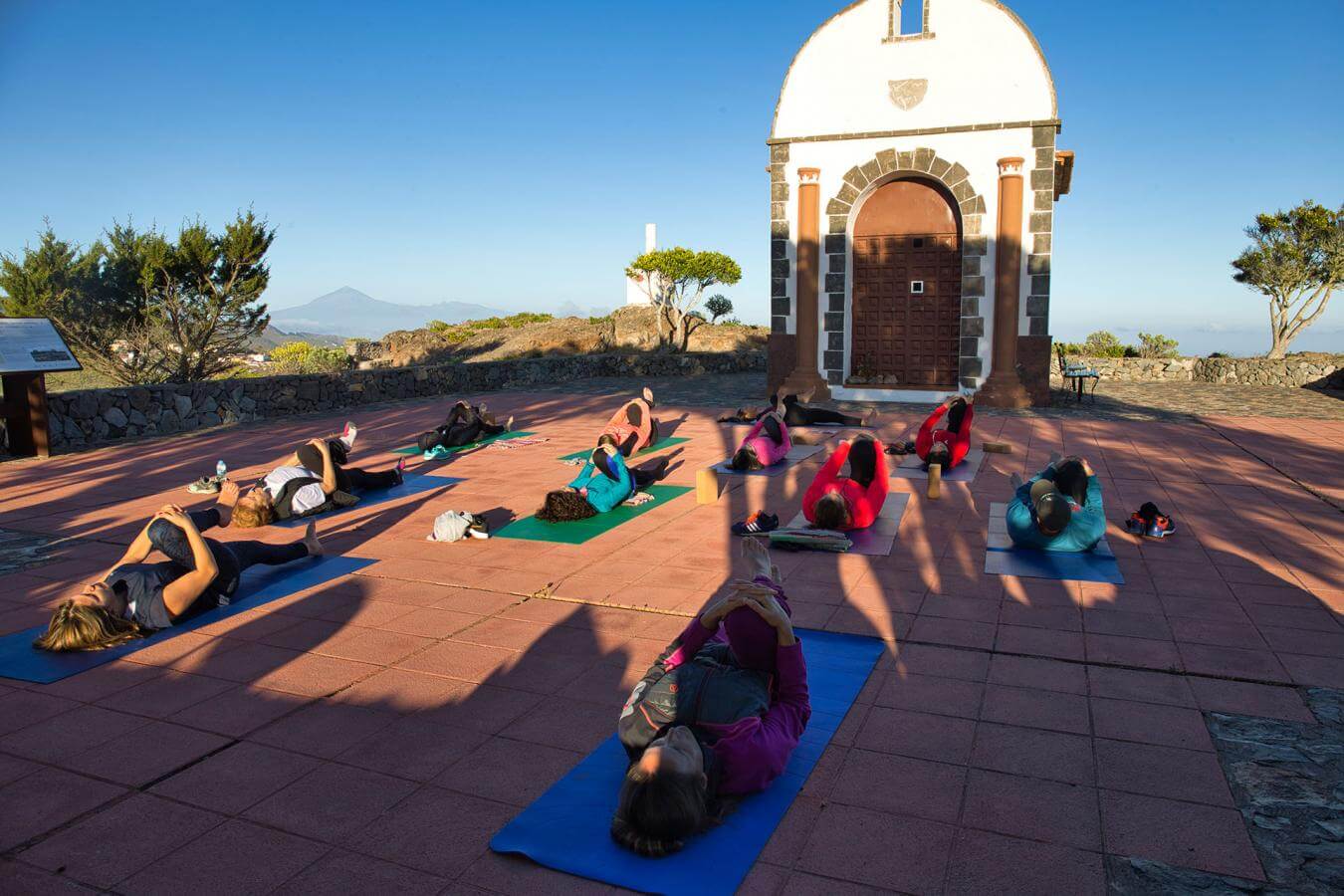
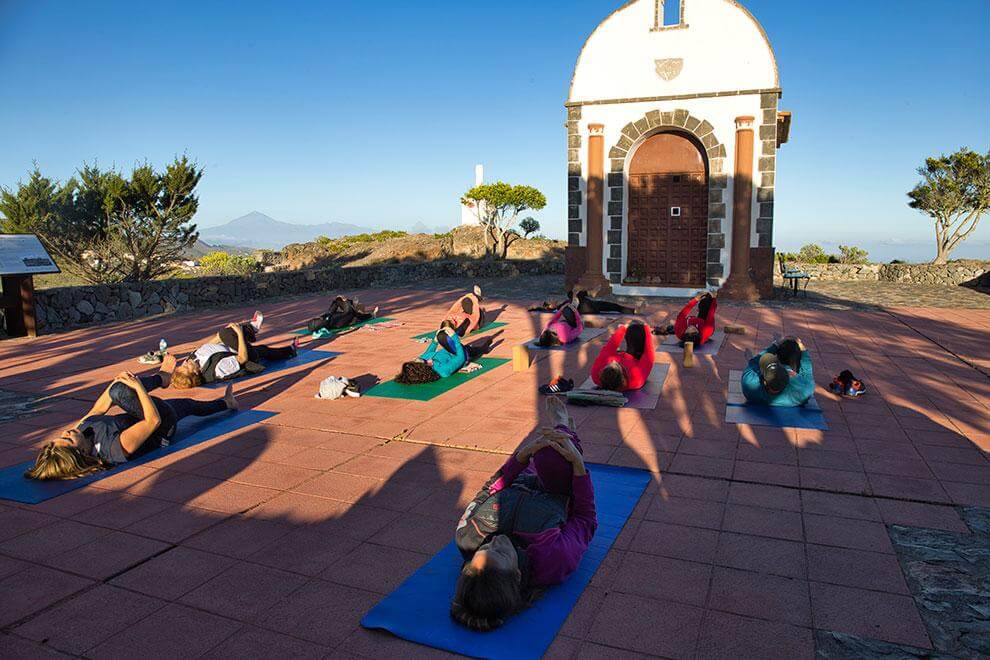


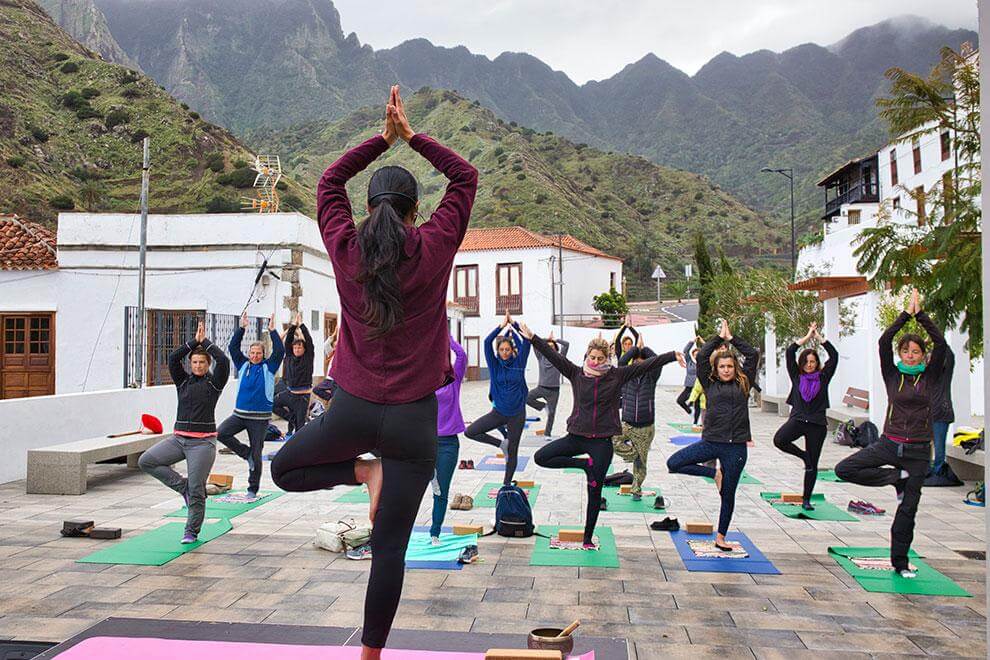

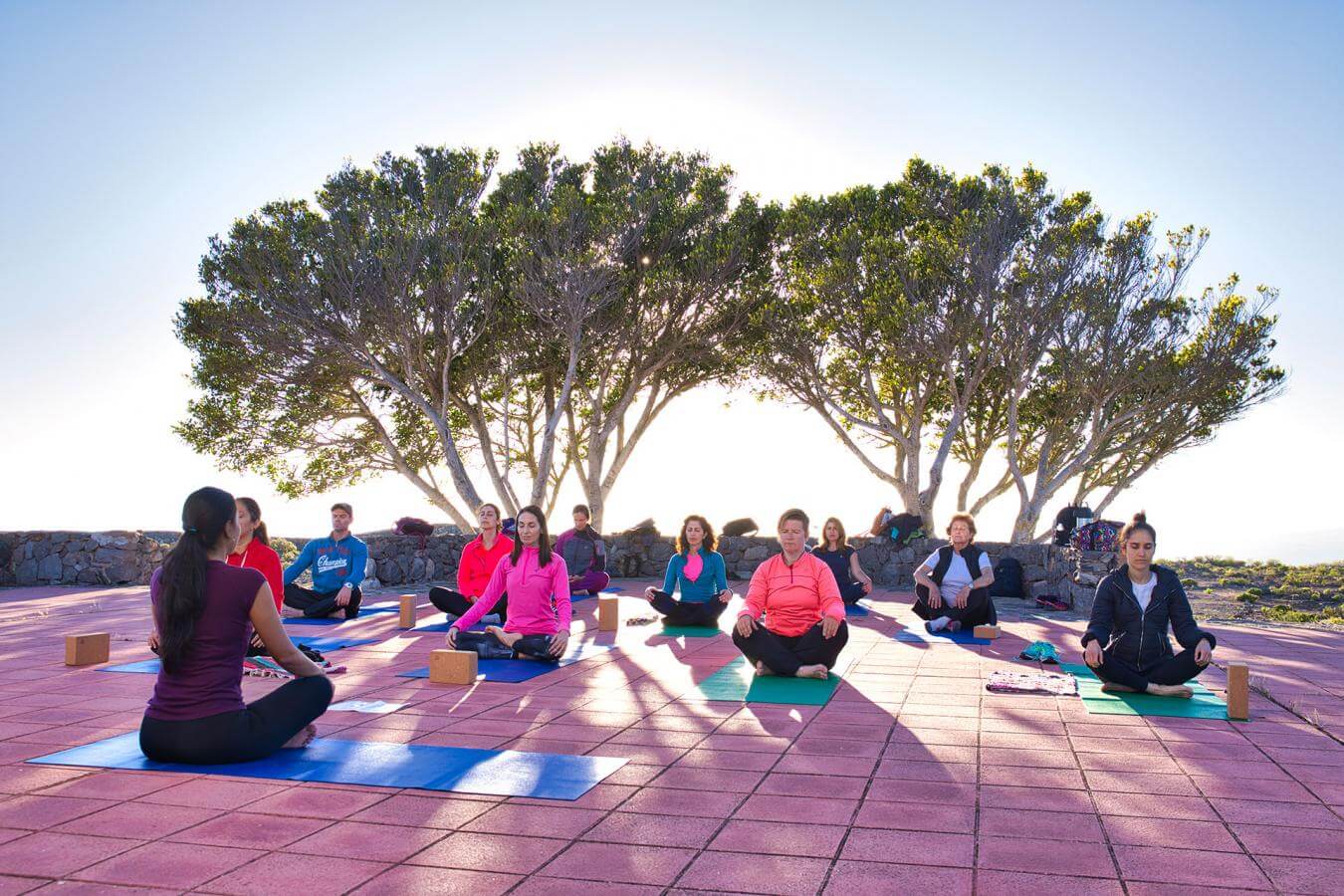


Learn about the Silbo Gomero
Silbo is a form of communication that dates back to the time before the conquest of the island, already practiced by the aboriginal population. Declared an Intangible Cultural Heritage of Humanity by UNESCO, this idiomatic whistled language still survives in La Gomera and its inhabitants strive to preserve it, to the point that it is included in the educational plans of all schools on the island.








